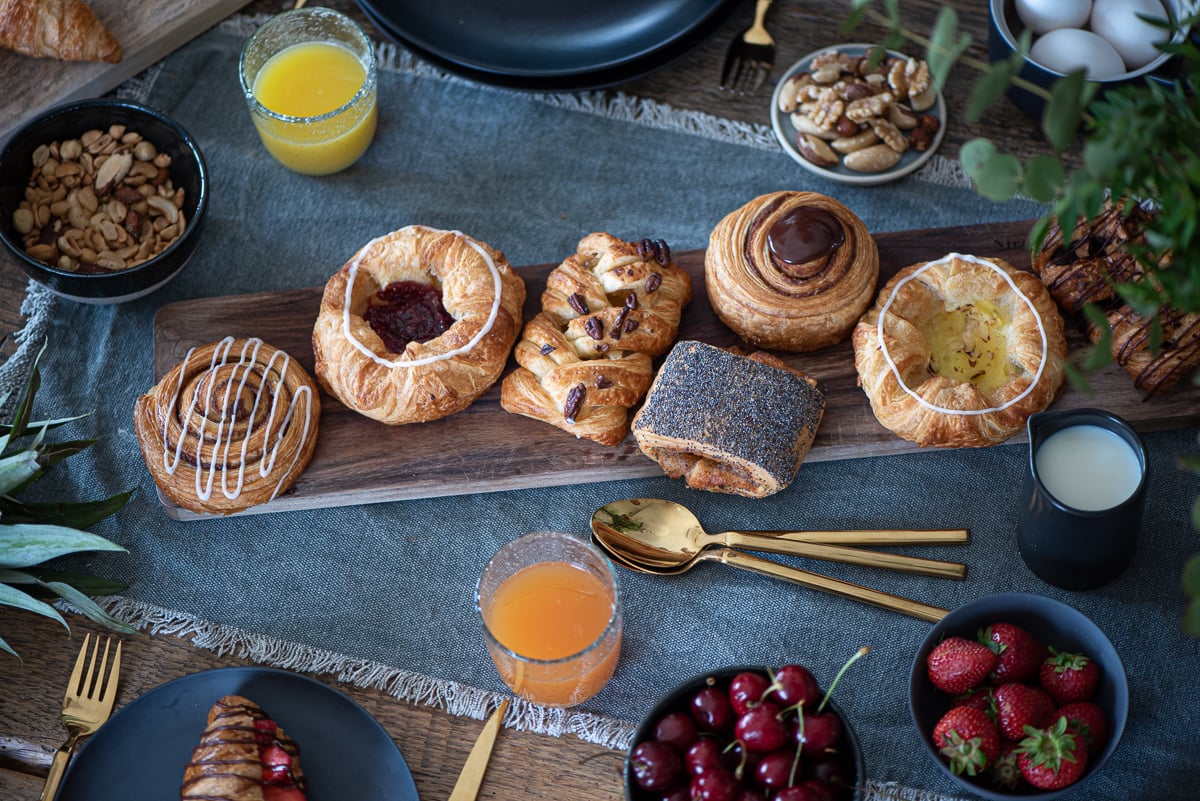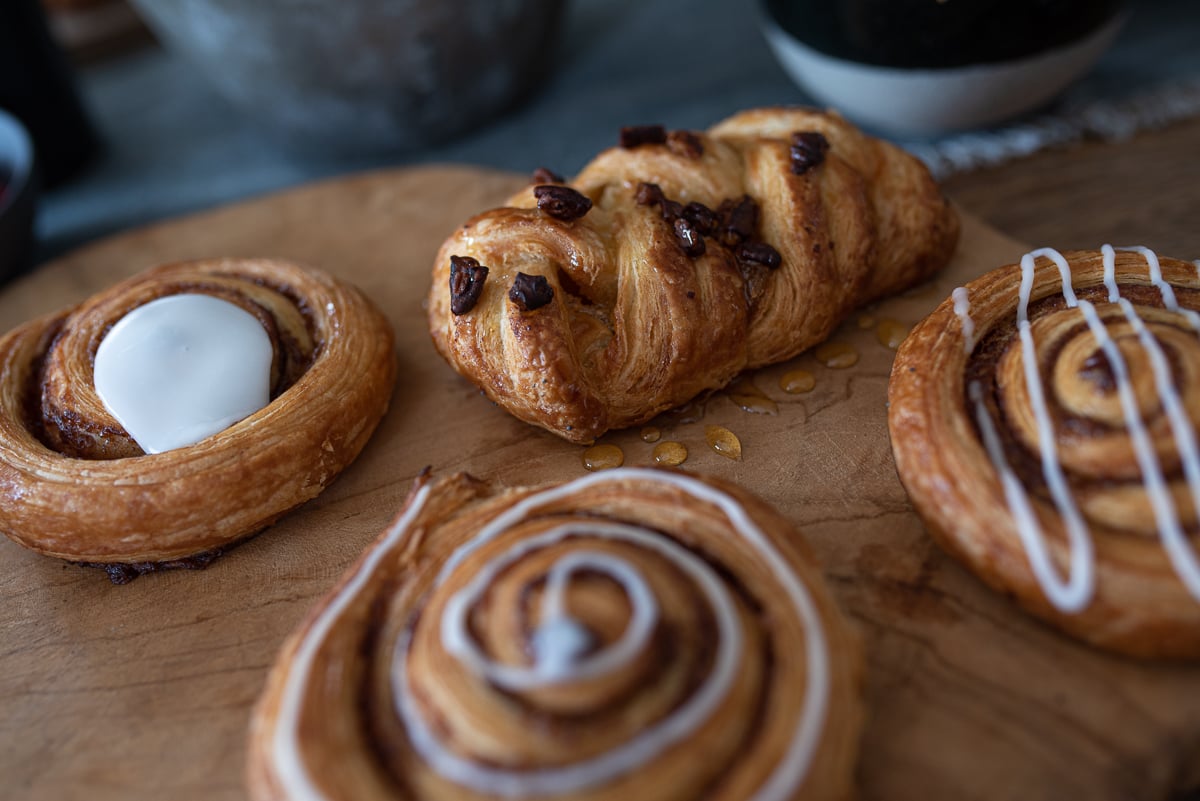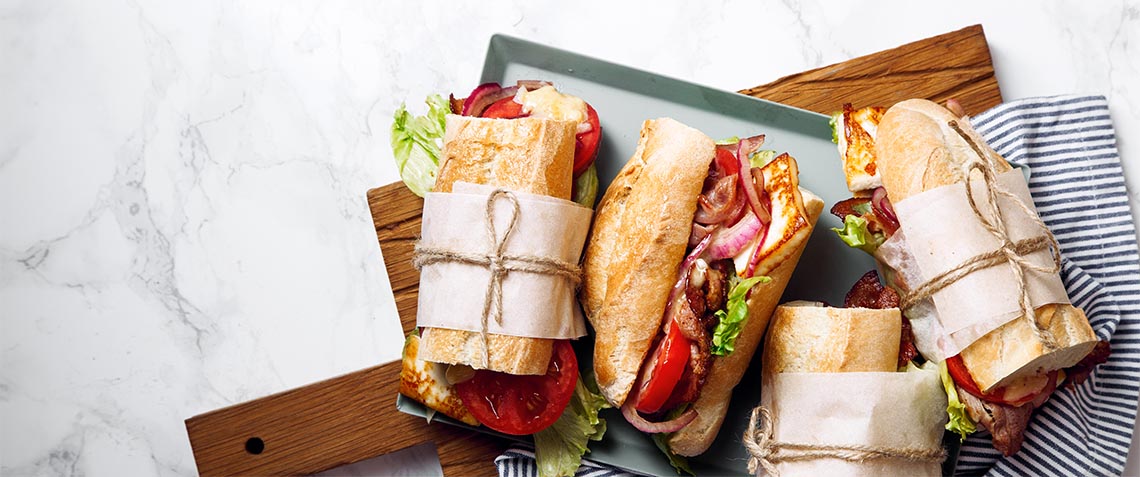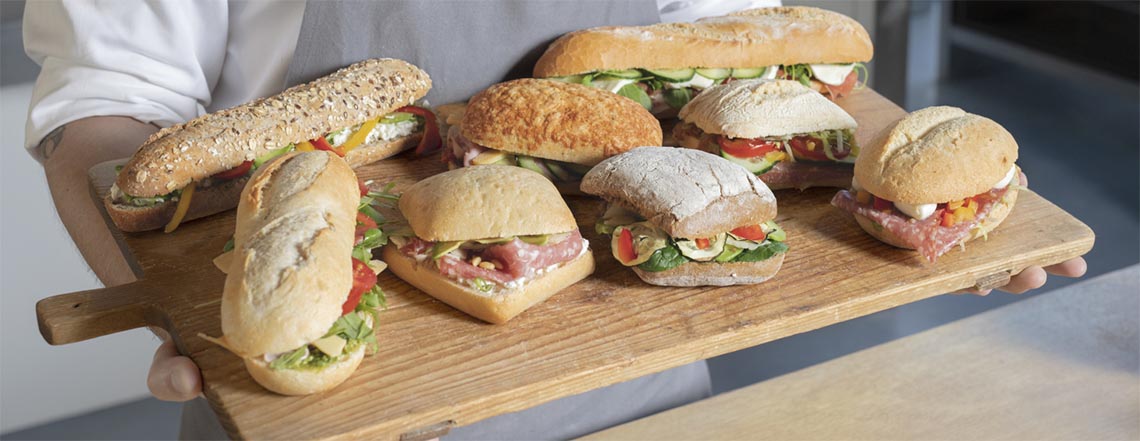
4 minute read
Café og restaurant, Passion for Pastry
4 minute read
Café og restaurant, Passion for PastryThe smell of freshly baked Danish pastry works like magic alluring customers into coffee shops and restaurants. It gives hotel guests the joyful mornings, when they come down for breakfast. You don't have to launch a full-size bakery with expensive equipment and several bakers to keep your clients happy — all it takes is one worker, one oven, around 30 minutes of time, and a batch of bake-off pastry of your choice.
What is bake-off? Bake-off products are prepared frozen bakery products that are kept in the freezer and can be baked anytime. The bake-off first appeared in 1980s as a solution for quick access to freshly baked bread allowing customers to have fresh and crispy mini baguettes at home for dinner. The freezing technology has much evolved since then, which made producing and storing frozen bake-off products including bread and pastry easier and safer.
Bake-off pastry is “easy to bake”, as all complexity is done for you by our food technologists. They spent decades working on perfecting each ingredient and the whole process together, to make sure that for example every piece of Danish pastry is exactly what it’s expected to be — fragrant, delicious, and melting in one’s mouth.

Let’s go “behind the scene” for Danish pastry bake-off: It all starts with selecting the right suppliers. Original flaky Danish pastry contains no less than 45-50% of margarine and it has to be of the highest quality. We use only the margarine from tried and tested Danish suppliers because we understand how important it is for the end result. This amount is needed for a proper dough laminating — the process when layers of dough and margarine are interlaid. Our laminated dough consists of up to 24 layers. It gives pastry its distinct airy texture and fluffy volume.
The next step is the filling (if needed). Years of experience gave us the exact understanding of what is the right filling texture, how much of it should be used and how it should be placed on pastry so it doesn’t spill out and looks good after coming out of the oven.
Topped or filled Danish pastry pieces are ready for the next stage — proofing. This process is crucial for letting the dough gain its consistency that later will become the light and flaky texture.
Then the most important part — the freezing. The yeast in the dough could be destroyed by ice crystals cutting the fibres of dough like knives and the pastry loses its taste, look and volume. That can happen if products are frozen too fast or defrost and then frozen again. To avoid that, proofed products are first cooled to a small temperature of -6-8°C and only after that are frozen to -23-30°C. Freezing time varies for different products but the average time is 30-60 minutes. This ensures the product gets a long shelf life without adding preservatives and keeps its good taste after baking.

Frozen Danish pastry has a long shelf life if stored at the right temperature in the freezer. If the batch was defrosted for up to 12 hours it still can be safely baked — it won’t lose its taste, smell and shape. However, trying to refreeze the defrosted product will ruin the yeast and gluten in the dough, and baking such product is not safe and is not advised.
The making of Danish pastry is a long and demanding process requiring years of experience to make sure the result has a perfect taste, smell and look. If your businesses don’t have the time, space, equipment and resources to offer their clients freshly baked Danish pastry, we are here to help make your customers happy. Bake-off is loved by many business around the world as it an efficient solution to provide delicious high-quality products, it makes it easy to attract and satisfy more customers and convert them into loyal clients.

3 minute read

2 minute read

3 minute read
Tips & tricks for your specific industry and more